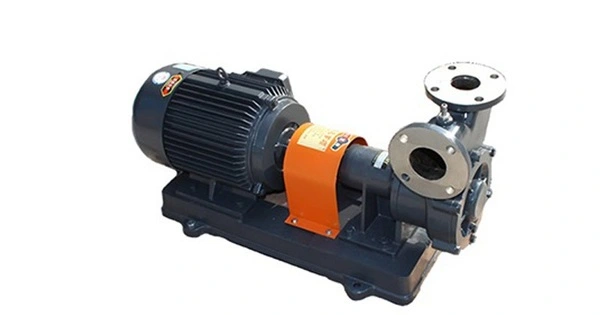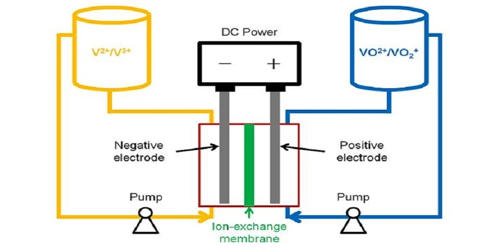Microflotation is a variation on the traditional flotation technique, which is a popular method for extracting minerals from ores. It is an improved version of ordinary dissolved air flotation (DAF). This water treatment method uses microbubbles ranging from 10-80 μm in size, as opposed to the 80-300 μm used in traditional DAF devices. The same principles apply to microflotation, albeit on a much smaller scale, with smaller volumes of water and smaller amounts of material handled.
The general operation of microflotation is identical to that of regular recycled stream DAF devices. Microflotation advances include lower pressure operation, smaller footprints, and reduced energy use.
Process description
The fundamental goal of microflotation is to acquire greater accuracy and control over the flotation process by working with smaller amounts of material. This is especially important in laboratory settings, where researchers and scientists must conduct studies on a small scale before scaling up to industrial procedures.
Microflotation is similar to recycled-stream DAF. A part of the cleared effluent water leaving the Microflotation tank is pushed into a tiny pressure vessel that also contains compressed air. This causes the pressured effluent water to be saturated with air.
The air-saturated water stream is recycled to the front of the Microflotation cell and runs through a pressure release valve just as it enters the float tank, causing the air to be expelled in the form of small bubbles. Bubbles adhere to suspended particles by forming at nucleation sites on their surfaces. As more bubbles grow, the lift from them eventually overcomes gravity. This causes the suspended materials to float to the surface, where it produces a froth layer that is removed by a skimmer.
The froth-free water exits the float tank as the clarified effluent from the Microflotation unit. A particular circular DAF system is called “Zero speed”, allowing quite water status then highest performances; a typical example is an Easyfloat 2K DAF system.
Key aspects of microflotation include:
- Scale: Microflotation operates on a smaller scale compared to traditional flotation processes. This allows for more detailed studies and experiments on the flotation behavior of specific minerals or ores.
- Equipment: Specialized microflotation equipment is used, which is designed for handling smaller sample sizes. This equipment typically includes miniature flotation cells, smaller pumps, and other components suitable for working with reduced volumes.
- Precision: It provides higher precision and control over the experimental conditions. Researchers can manipulate various parameters, such as reagent dosages, pH levels, and agitation rates, with greater accuracy.
- Research and Development: It is often employed in the research and development phase of mineral processing. It allows scientists to investigate the feasibility of flotation for specific ores or minerals and to optimize the process conditions before scaling up to industrial levels.
- Analysis: It is useful for determining the flotation behavior of individual mineral particles. This can assist researchers better understand the surface chemistry, interactions, and mechanisms involved in the flotation process.
Overall, microflotation is a helpful technique for mineral processing research. It allows researchers to acquire insights into the flotation properties of various materials and contributes to the development of more efficient and environmentally friendly flotation procedures for extracting valuable minerals from ores.
















